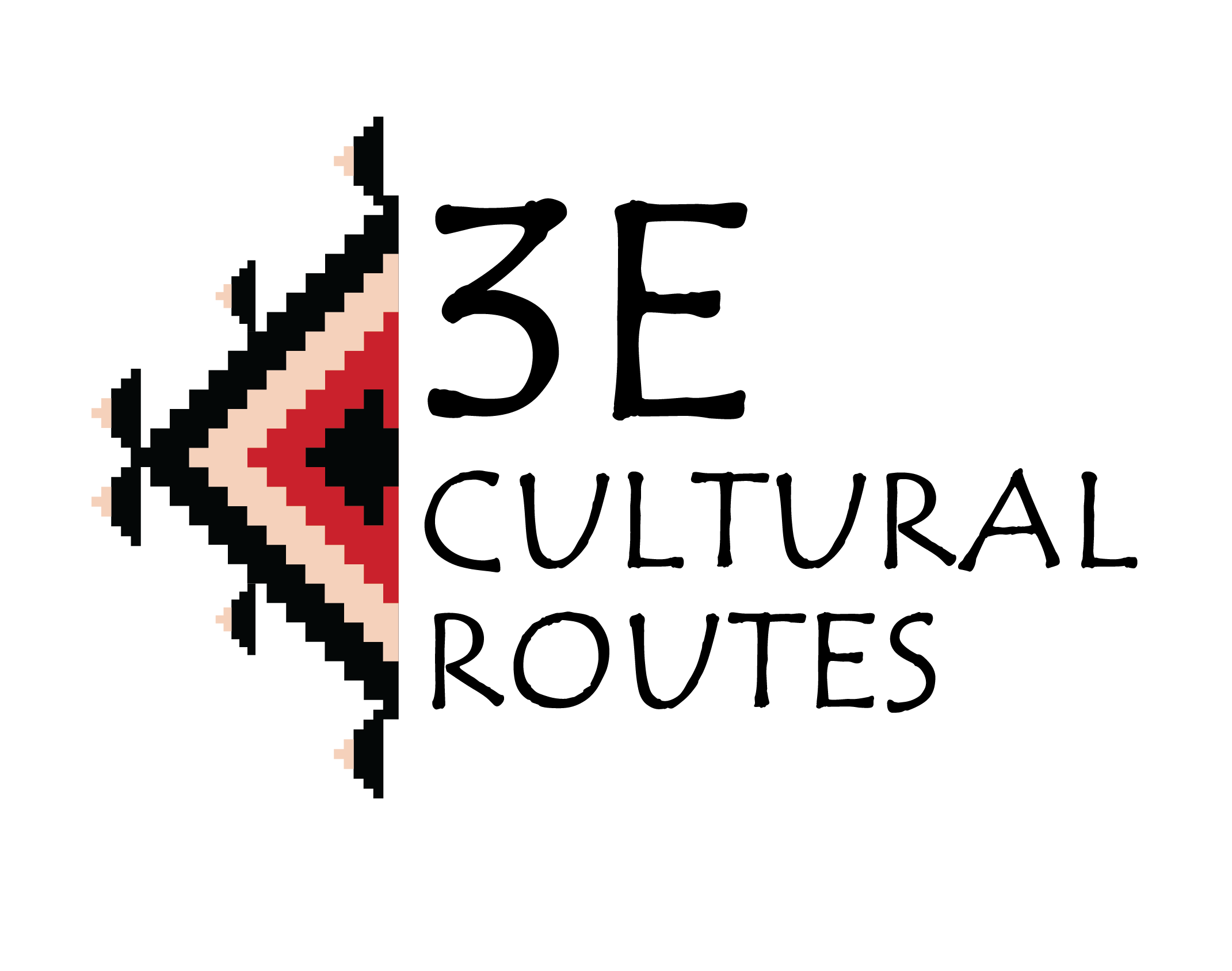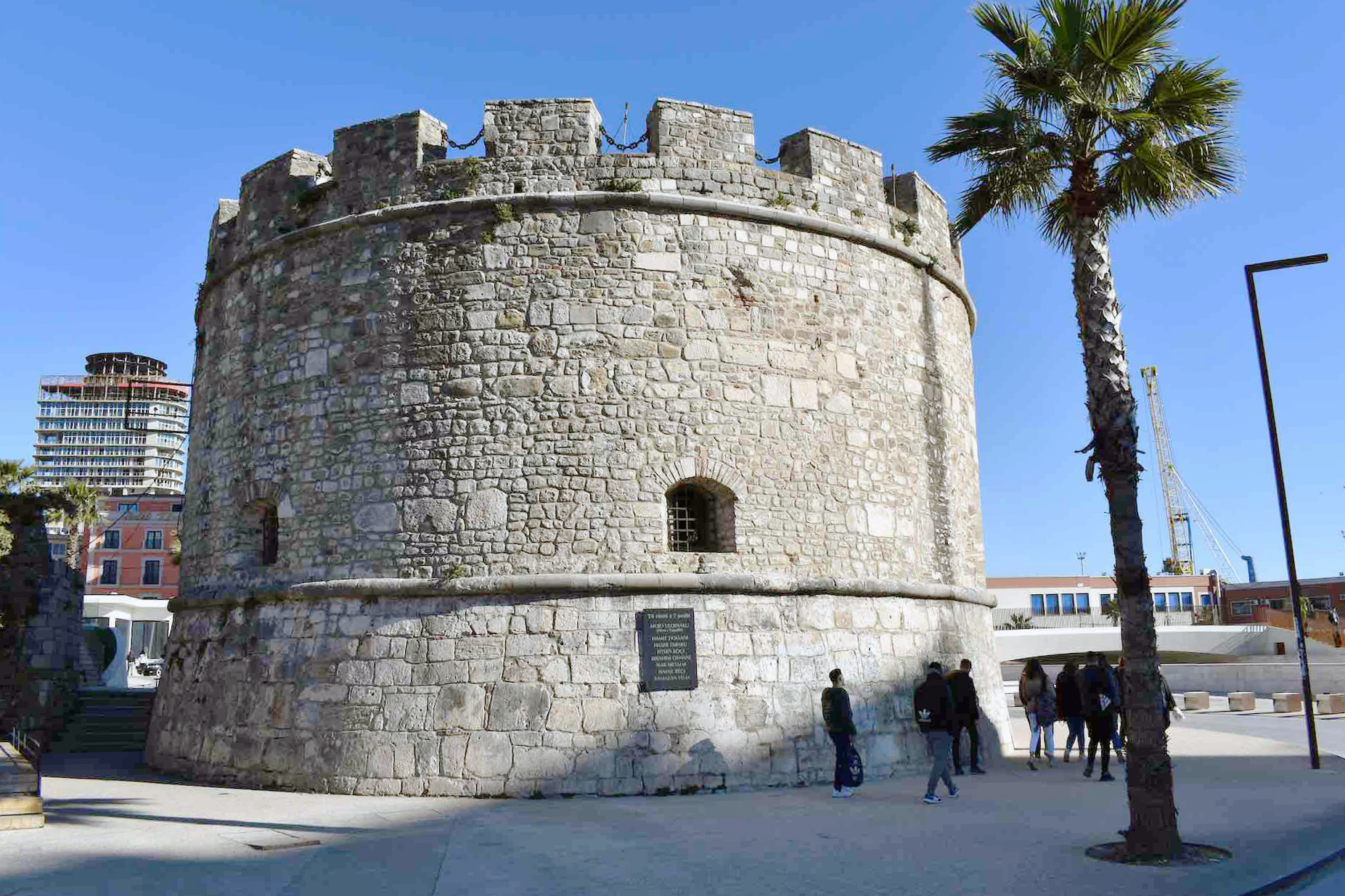

Durrës is known as an Illyrian settlement from the beginning of the Iron Age, in 627 BC. It was a Hellenic colony/Illyrian settlement and from 425 BC. until the Roman occupation, Dyrrah was the capital of the Illyrian state.
In antiquity, Durrës was known by two names, Epidamn and Dyrrah, which coexisted and opposed each other, until the final ownership of the name Dyrrah, which later became to Durrës. Among them, the name Epidamn seems to be of Greek origin, which means “owner of the country”, while the name Dyrrah has its root in the numeral “two” and the word “beat”, which means “open land”.
The first coins of Durres and Apollonia were the same as those of Corfu (550- 460 BC), but in 460 BC, Durres began to mark these coins with its initials (DYP, Dyrrah). In the middle of the 4th century BC, these coins were replaced by coins where Basileios Monunio, King Monun, was written alongside the initials of Durres. The excellent quality of the silver and the secure cover made this coin the main currency of the eastern Adriatic. According to Aristotle’s work, “Politics” (344-335 BC), Durrës was a model of constitutional monarchy and it was the capital of the Illyrian state.
The lack of traces of surrounding walls shows that Epidamni was an open settlement and not a fortified center. According to the Ottoman chronicles of the XIV century, Durrës, or as they call it “The Second Constantinople”, was conquered by the Turks on August 13, 1501. Only in the XVII century, the city began to recover, becoming the center of transit trade and the main port of Central Albania. Durrës is a city with rich history, from antiquity to modern times, which is evidenced by the archaeological heritage preserved until nowdays.

Nilgris
Dynamically enable low-risk high-yield relationships before.
Appropriately predominate corporate architectures whereas flexible.
Uniquely exploit 2.0 intellectual.
Seamlessly architect goal-oriented scenarios.

